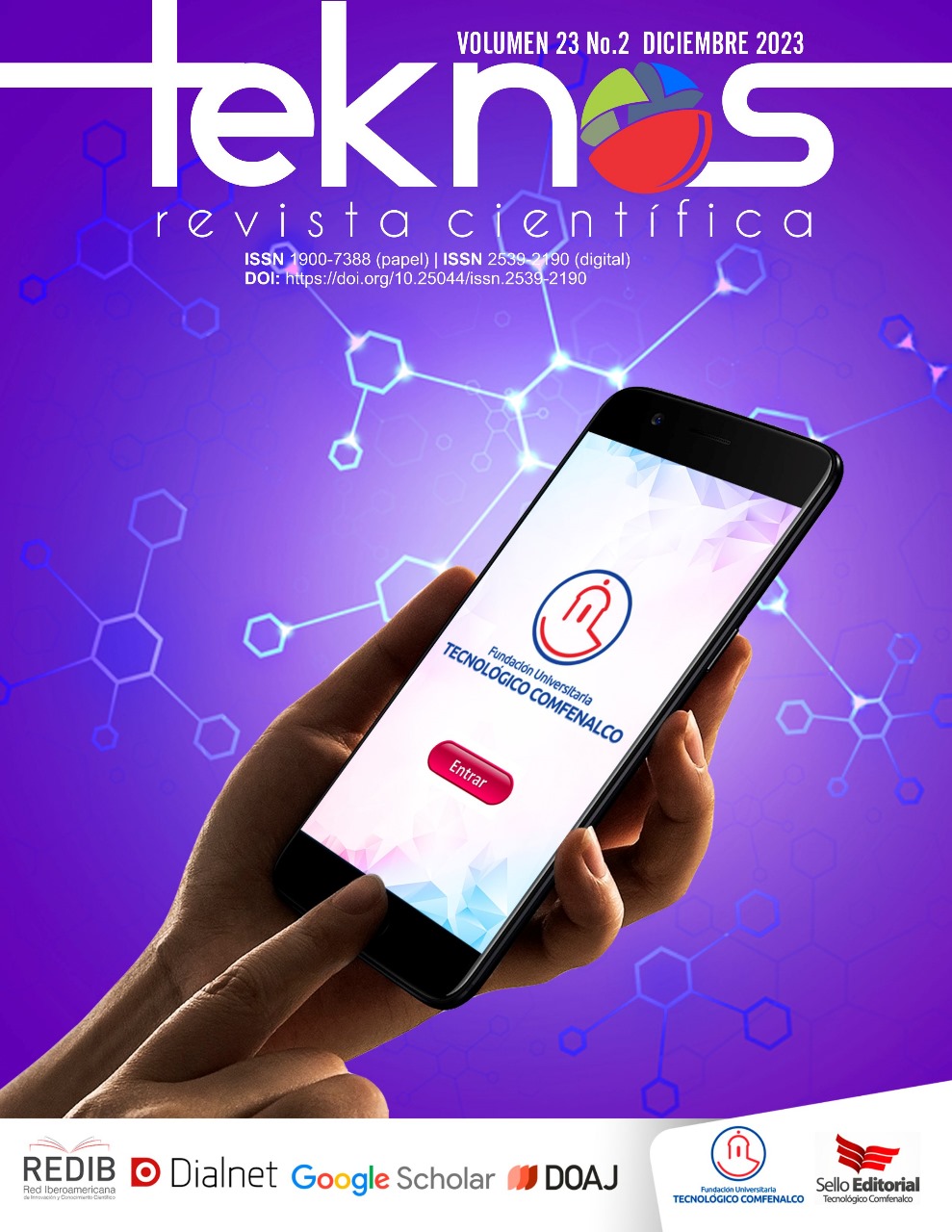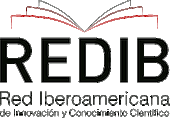Analysis of the generation of energy from the biogas obtained in the El Salitre wastewater treatment plant (Bogotá)
DOI:
https://doi.org/10.25044/25392190.1054Keywords:
autoabastecimiento, biogás , cogeneración , PTAR SalitreAbstract
The El Salitre WWTP treats 7m3/s of wastewater from approximately half of the population of Bogotá city. The biogas from the anaerobic digestion of this process is mainly composed of CH4 and CO2 in smaller proportions. This paper analyzes the technical data of the WWTP, investments, current energy expenditure and potential for energy savings. In this case, the aim is to evaluate the self-sufficiency of the plant with the available energy of its by-products through cogeneration. Analyzing the current scenario and potentials, important improvements are obtained in energy use and the possibility of improving the process with thermal energy that is not currently used. At the economic level, high investments must be made that require more financing and possibly government incentives that are profitable considering the useful life of the proposed system.
Downloads
References
A.M. Delgado Castellano, J. S. (2006). Modelamiento de la planta de tratamiento de aguas residuales Salitre mediante el software WEST®. Repositorio Departamento de Ingeniería Química, Universidad de Los Andes, 24.
Acciona. (2019). Sostenibiliad para todos. Obtenido de Agua. RANKING DE LOS RÍOS MÁS CONTAMINADOS DEL MUNDO: https://www.sostenibilidad.com/agua/ranking-rios-mas-contaminados-del-mundo/?_adin=0872133180#carousel-gallery
Aline Tathyana Alves, R. M. (August de 2018). Analysis of biogas produced by the anaerobic digestion of sludge generated at wastewater treatment plants in the South of Minas Gerais, Brazil as a potential energy source. Sustainable Cities and Society, 41, 139-153. doi:https://doi.org/10.1016/j.scs.2018.04.035
Angelidaki, I., Treu, L., Tsapekos, P., Luo, G., Campanaro, S., Wenzel, H., & Kougias, P. (2018). Biogas upgrading and utilization: Current status and perspectives. Biotechnol Adv., 452-466.
Aqualia. (2021). Bogotá - El Salitre. Recuperado el 14 de abril de 2022, de https://www.aqualia.com.co/es/ptar-salitre
Barreto, B. L. (2009). Historia de la PTAR Salitre Rio Bogota. Obtenido de scribd: https://es.scribd.com/document/508037270/Historia-de-la-PTAR-Salitre-RIO-BOGOTA
Bauer F, Persson T, Hulteberg C, Tamm D. (2013). Biogas upgrading—technology overview, comparison and perspectives for the future. Biofuels Bioprod Bioref, 7, 499–511. doi:10.1002/bbb.1423
CA, Grande. (2011). Biogas upgrading by pressure swing adsorption. Biofuel Eng Process Technol. doi:10.5772/18428
Consejo Nacional de Política Económica y Social República de Colombia Departamento Nacional de Planeación. (2004). Estrategia para el manejo ambiental del río Bogotá. Bogotá: Documento CONPES 3320 de 2004.
Contraloría General de la República. (2005). Estado de los Recursos Naturales . Bogota.
Cristancho Montenegro, D. L. (2019). Estimación de los gases efecto invernadero generados por las plantas de tratamiento de aguas residuales ubicadas en la cuenca del río Bogotá. Revista Ingenierías Universidad de Medellín(18(34)), 25-44.
Duarte, C. M., Alonso, S., Benito, G., Dachs, J., Montes, C., Pardo Buendía, M., . . . Simó, R. (2006). Cambio Global. Impacto de la Actividad Humana sobre el Sistema Tierra. CSIC. Consejo superior de investigaciones científicas. Obtenido de http://hdl.handle.net/10016/8520
Ecoforest. (2018). Elaboración del diagnostico prospectiva y formulación de la cuenca hidrográfica del río Bogota. Bogotá.
EEAB. (2018). Empresa de Acueducto y Alcantarillado de Bogotá. Recuperado el 13 de 04 de 2022, de PTAR Salitre > Productos de la PTAR Salitre > Biogás: https://www.acueducto.com.co/wps/portal/EAB2/Home/ambiente/saneamiento/rio-bogota/ptar-salitre/productos-de-la-ptar-salitre/biogas/!ut/p/z0/fYy9CsIwFEZfJUvmpBWLa_EPFJSCQpul3NRQomlum9yKj290c3E85zt8QolaKA9P2wNZ9OASN6poi2ots5XMT_ttuZFVubscr1m1yM9LcRDqf5Ae7H2
EEAB. (2021). PLANTA DE TRATAMIENTO DE AGUAS RESIDUALES EL SALITRE. Informe de Actividades. Bogota: Empresa de Acueducto y Alcantarillado de Bogota.
EEAB, Empresa de Acueducto y Alcantarillado de Bogota. (2012). GUÍA CONCEPTUAL SOBRE LA PTAR SALITRE. Obtenido de https://www.acueducto.com.co/wps/html/resources/PTAR/guia_concPTARSalitre.pdf
European Biogas Association. (2020). Informe Estadístico EBA. Recuperado el 17 de 05 de 2022, de https://www.europeanbiogas.eu/eba-statistical-report-2020/
García, L., & Díaz, C. (2020). Contaminación por metales pesados (Pb, Hg y Cd) en el agua para riego de hortalizas proveniente del río Bogotá. Contaminación por Mercurio en Bogotá y su Conurbano, 37-61.
Gordillo, O. L. (2015). Parque lineal del río Bogotá, una herramienta de desarrollo urbano sostenible. Obtenido de el presente trabajo de grado, plantea un parque lineal para el río Bogotá sentando las bases en cada una de las escala: http://hdl.handle.net/10554/18171
Hardach, S. (2 de Diciembre de 2015). Londres: cómo el río Támesis fue rescatado de la muerte. BBC Londres, s.p. Recuperado el 17 de 04 de 2022, de https://www.bbc.com/mundo/noticias/2015/12/151120_vert_earth_rio_tamesis_yv
Israel Diaz, A. D. (2020). Traceability of organic contaminants in the sludge line of wastewater treatment plants: a comparison study among schemes incorporating thermal hydrolysis treatment and the conventional anaerobic digestion. Bioresource Technology.
Jordi Salvador, M. R. (2019). CASO DE ESTUDIO PPP FOR CITIES PTAR El Salitre, Bogotá (Colombia). Universidad de Navarra. Navarra: IESE. doi: https://dx.doi.org/10.15581/018.ST-493
LanfengLia. (2020). Relationship between the physicochemical properties of sludge-based carbons and the adsorption capacity of dissolved organic matter in advanced wastewater treatment: Effects of chemical conditioning. Chemosphere, 243.
Muñoz, R. M. (26 de Septiembre de 2015). A review on the state-of-the-art of physical/chemical and biological technologies for biogas upgrading. Rev Environ Sci Biotechnol(14), 727–759. doi:https://doi.org/10.1007/s11157-015-9379-1
Nie, E. Z. (1 de abril de 2019). Emission characteristics of VOCs and potential ozone formation from a full-scale sewage sludge composting plant. Science of The Total Environment, 659, pp 664-672. doi:https://doi.org/10.1016/j.scitotenv.2018.12.404
O. Ashrafi et al. (2015). Wastewater treatment in the pulp-and-paper industry: A review of treatment processes and the associated greenhouse gas emission. Journal of Environmental Management, 158, pp.146-157.
Petersson A, W. A. (2009). Biogas upgrading technologies—developments and innovations. IEA Bioenergy, 37. Obtenido de http://www.iea-biogas.net/_download/publi-task37/upgrading_rz_low_final.pdf
Portal de noticias VetMarket. (21 de Nov de 2021). Támesis, La maravillosa recuperación ecológica del río. Obtenido de https://vetmarketportal.com.ar/nota/2097/la-maravillosa-recuperacion-ecologica-del-rio-tamesis/
Ramírez, N. C. (2013). Umbral Río Bogotá – Proyecto de integración urbana multiescalar. Pontificia Universidad Javeriana, 46.
Rivas, L. E. A., & Pimiento, N. N. (2019). Plantas de tratamiento de aguas residuales (PTAR): impacto ambiental esperado e impacto ambiental provocado. Revista Caribeña de Ciencias Sociales, 3-11.
Rojas, A. G. (2 de Septiembre de 2016). La contaminación aumenta en la mayoría de los ríos de América Latina, África y Asia. Diario El Pais.
Ryckebosch E, D. M. (2011). Techniques for transformation of biogas to biomethane. Biomass Bioenerg, 35, 1633–1645. doi:10.1016/j.biombioe.2011.02.033
Secretaria Distrital de Ambiente. (2004). Programa de Descontaminación del Río Bogotá. Recuperado el 09 de 05 de 2022, de Observatorio Ambiental de Bogotá: https://oab.ambientebogota.gov.co/?post_type=dlm_download&p=4238
Secretaria Distrital de Ambiente. (2020). INFORME DE AVANCE DEL CUMPLIMIENTO DE LAS ÓRDENES DE LA SENTENCIA. Bogotá.
Sinnot R. (2005). Chemical engineering design. Oxford: Elsevier Butterworth-Heinemann.
Torre, F. B. (2017). Los recursos hídricos en el mundo: cuantificación y distribución. Cuadernos de estrategia, 21-70.
Tynell Å, B. G. (2007). Microbial growth on pall rings: a problem when upgrading biogas with the water-wash absorption technique. Appl Biochem Biotechnol, 299-320.
Downloads
Published
How to Cite
Issue
Section
License
Copyright (c) 2023 Teknos revista científica

This work is licensed under a Creative Commons Attribution 4.0 International License.








